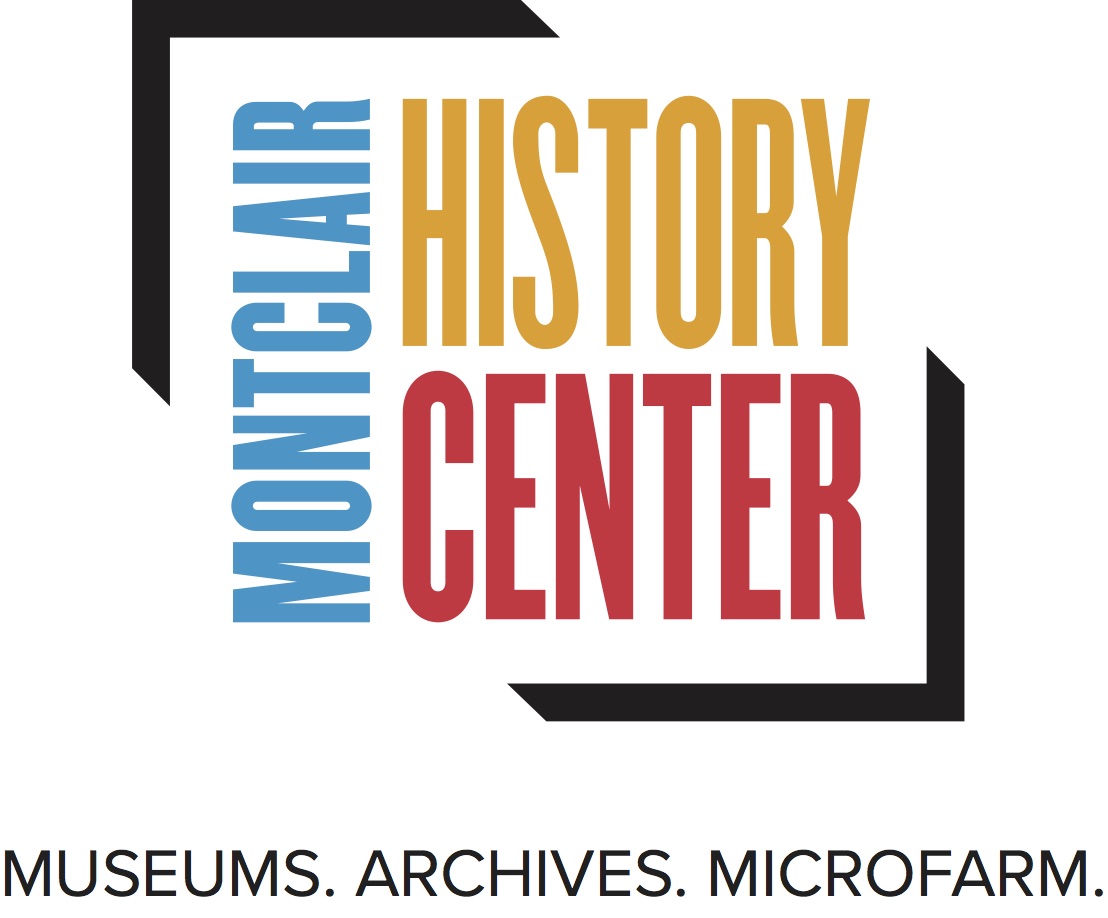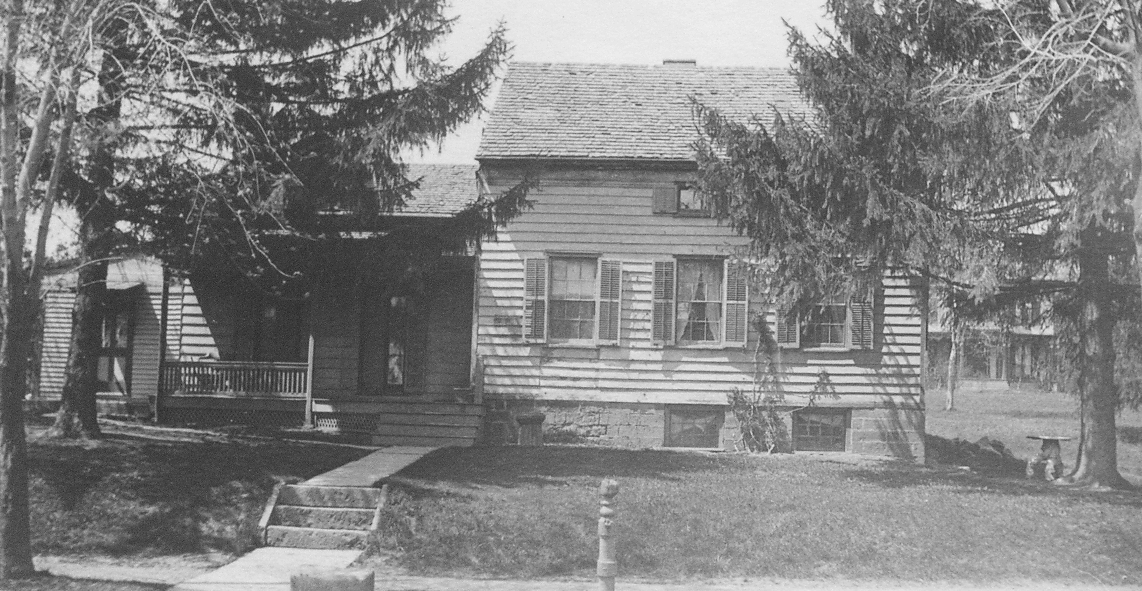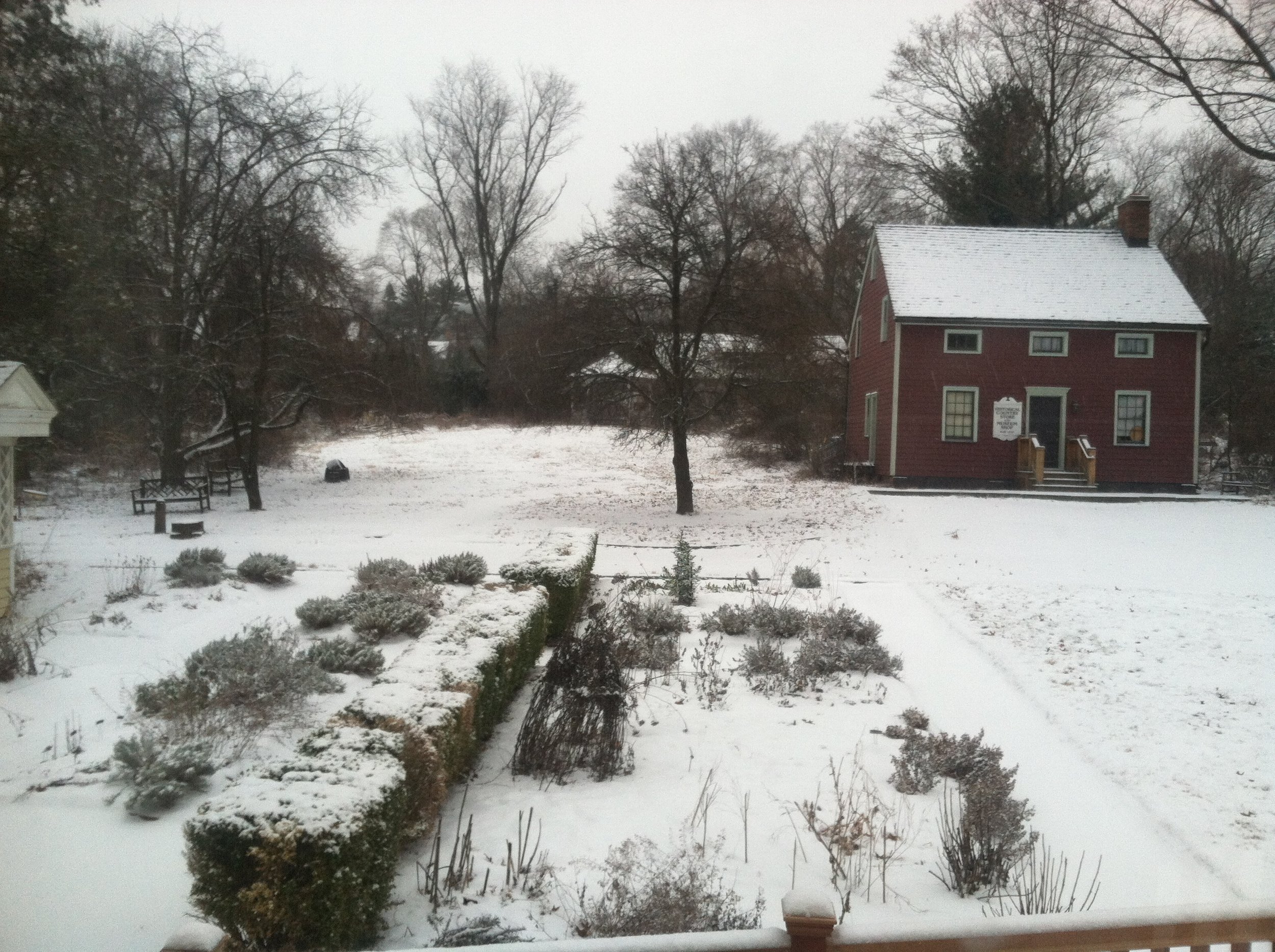the Nathaniel Crane House (1818)
The first floor of the Nathaniel Crane House features a collection of antique general store merchandise and equipment, including wares, sales counters, gates, and post office pigeon holes. Mrs. Roy Tomlinson, who donated the property on which the house is now located, gave her collection to the Montclair Historical Society in 1967. The second floor of the Nathaniel Crane is a replica 19th century schoolroom with a collection of period artifacts.
The House’s History
The Nathaniel Crane House was built in 1818 by Captain Nathaniel Crane, Jr., Israel Crane’s cousin. Captain Nathaniel Crane, Jr., who was a militiaman and patriot from Essex County, built this farmhouse on land that was part of the original three-hundred acres Jasper Crane (1605-1681) had willed to his sons Azariah and Jasper, Jr. in 1681. In 1694, Azariah built one of the first homes in the area on 55 Myrtle Avenue, near its intersection with Orange Road. A cornerstone from Nathaniel Crane’s farmhouse dates back to 1732 from an even older structure. Made from solid oak framing timbers that are fastened by wood joints instead of nails, Nathaniel’s house stayed in the Crane family until 1851. That year, it was sold for $4,000 to Stephen Paul along with 25 acres of land. Ossian Hatch bought the property four years later. A year before the American Civil War began, Henry Mason acquired the property. Three years after that, in 1863, Dr. James Henry Clark (1814-1869) purchased the house and used it as a retirement home until he passed away. At the time, Dr. Clark was an Army surgeon stationed in Newark.
In 1894, the ell (likely the kitchen) of Nathaniel Crane’s old house was torn down while the larger section was rolled on logs by Dr. James Henry Clark, Jr. towards its new location in the backyard of 108 Orange Road. After being placed onto small brick piers, James likely used it as an outbuilding, such as a carriage house or a barn. While he was building the house that now bears his name, Dr. Clark incorporated some original Nathaniel Crane House artifacts such as a mantel piece, the brass andirons and fender, and even the mahogany stair rail.
In 1962, the Nathaniel Crane House was purchased by Dr. and Mrs. Martin Sampson. As part of the purchase of the larger Victorian house next door, it was sold by Dr. Clark’s grandniece, Ann Borden-Smith. In 1974, the Sampsons donated the Nathaniel Crane House to the Montclair Historical Society. It was moved about seventy-five feet south in order to be located on the adjacent property of the recently relocated Israel Crane House. The 1732 stone was moved along with it, where it has remained ever since.
Today, the Nathaniel Crane House is used by the Montclair History Center as a visitor's center, and an exhibit of a nineteenth century general store on the first floor, much like the one owned by Israel Crane in the early nineteenth century. On the second floor, there is an exhibit featuring a nineteenth century schoolroom illustrating nineteenth century education in Montclair. During tours, visitors can view a portion of the house’s interior simple framing construction through a glass window.
The General Store
In the late 18th century, Israel Crane opened a general store in Cranetown, on the Old Road to Bloomfield, now Glen Ridge Avenue. By 1805, Crane’s store became such an important trading post that Israel Crane organized a company to construct the Newark-Pompton Turnpike, which connected the city to the farming regions. Townspeople could buy “dry goods,” such as light weight articles that were not weighed or poured, “notions,” such as pins, needles, and threat, “hardware,” such as iron tools, nails, and crockery, “produce” such as salt pork, smoked hams, and dried fruits, and “West Indies goods and groceries,” such as sugar, molasses and rum. Crane’s store also carried medicine.
The Old General Store at the Nathaniel Crane House is an authentic 19th century store, much like Crane’s store. The store merchandise, equipment, sales counters, gates, and post office pigeon holes were donated to the Montclair Historical Society in 1967 by Mrs. Roy Tomlinson.
The Schoolroom
What was school like back 150 years ago? The second floor of the Nathaniel Crane House has a permanent exhibit set up as a school room from the 19th century. Imagine the school marm wielding the hickory stick, sit in the school desks, test out the slate board, and even imagine warning the dunce cap. Quite a difference from school today.




